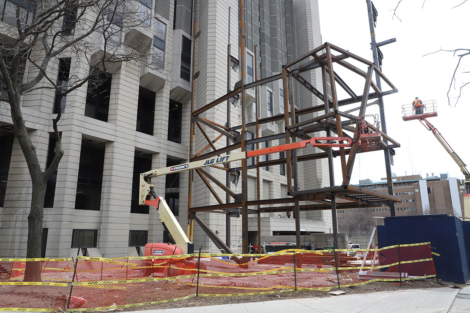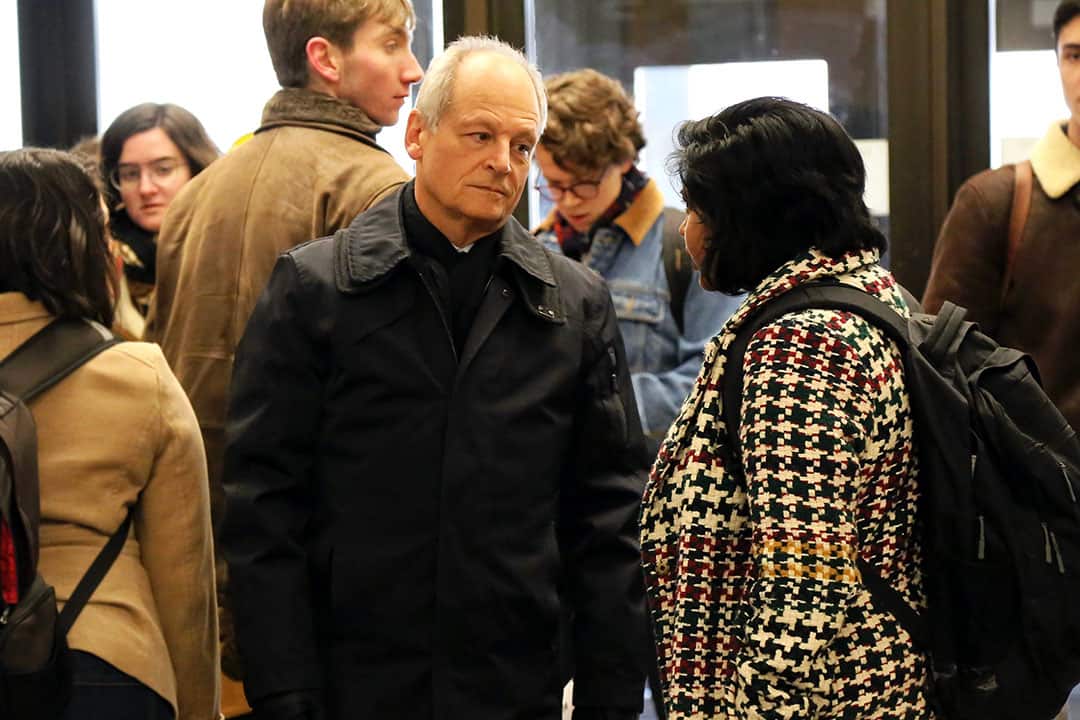Content warning: discussion of suicide.
Gertler’s task force falls short
Re: “U of T President Meric Gertler announces new task force on student mental health”
President Meric Gertler has released a letter following public protests of the University of Toronto’s lacklustre response to recent student suicides. In this letter, he focuses more on applauding the institution’s existing services than admitting to its shortcomings. He highlights so-called achievements such as the provision of thousands of counselling appointments and Accessibility Services’ more than doubling the amount of registered students.
On the surface, the creation of a task force seems to be a step forward. However, upon closer inspection, one will see that two out of four steps of the action plan include strengthening collaboration with healthcare partners and pressuring the provincial government to increase public funding to other sources and institutions. In other words, U of T is still pushing 50 per cent of its recommendations outward.
Other schools have moved in the other direction, reassessing their own services in response to student dissatisfaction. Following the death of three students in one year, most recently on March 5, 2018, the University of Waterloo has responded with a $1.2 million increase in counselling services. University of Waterloo President Feridun Hamdullahpur declared that “we have no time to waste.”
Gertler should take note and respond in a similarly active manner. Because even within this seemingly progressive document, U of T still manages to blame students, declaring an “overwhelming increase in demand” as the reason for its underwhelming response. Directing the focus anywhere but at itself — to students, healthcare partners, the government — does not allow for any fundamental, institutional change to occur. It simply perpetuates the cycle of wilful ignorance that U of T is known for.
U of T’s methods of assigning blame have proven ineffective. It must self-assess and investigate internally in order to truly understand its role in this crisis. It is only in acknowledging its weaknesses that the University of Toronto can effectively provide for the needs of students.
Rose Gulati is a second-year English, Political Science, and Women and Gender Studies student at Trinity College.
The glaring need for more spaces of light
Re: “Robarts Library expansion underway”

A steel structure on the northwest side of Robarts Library. MICHAEL PHOON/THE VARSITY
In the decades since Robarts Library first opened, it has experienced a near doubling of daily visitors. The glaring need to expand and accommodate the growing demand has existed for some time.
While U of T has announced various infrastructural maintenance and expansion projects in recent years, it’s important to also acknowledge that the Robarts Commons is made possible by the generous private donations of supporters from inside and outside the U of T community.
Now that construction has begun, with an anticipated opening in 2020, let us pause to reflect on what this project means going forward, in order to sincerely express our gratitude to those donors whose support made this project possible.
The renewal project isn’t merely adding more study spaces. It is also an architectural expansion for more spaces of light, which this campus also has a glaring need for, especially in Robarts.
For those of us who study at Robarts in the winter, the lack of spaces of light can contribute to the prevalence of seasonal affective disorder (SAD), which literally darkens students’ mood. While Robarts does offer SAD light therapy lamps to help students, they’re merely a band-aid solution.
What students really need and what this project aims to deliver is more spaces of light, including natural light. Light fosters hope and optimism and in turn a positive learning environment.
The Robarts Commons was designed by Diamond Schmitt Architects. While I’m not very familiar with their work, my favourite architect, Santiago Calatrava, whose world-renowned work known for its awe-inspiring expressions of elegance, revealed that the motivating force driving his work was a constant “searching for more light and space.”
Robarts’ lack of spaces with light was always on my mind whenever I considered studying there. But from what I’ve seen in the artistic renderings and depictions of how the Robarts Commons will look, I’d imagine it would get a stamp of approval from Calatrava himself, and I can’t wait to take it all in.
Oscar Starschild is a second-year Mathematics, Philosophy, and Computer Science student at Woodsworth College.
If you or someone you know is in distress, you can call:
- Canada Suicide Prevention Service phone available 24/7 at 1-833-456-4566
- Good 2 Talk Student Helpline at 1-866-925-5454
- Ontario Mental Health Helpline at 1-866-531-2600
- Gerstein Centre Crisis Line at 416-929-5200
- U of T Health & Wellness Centre at 416-978-8030
Warning signs of suicide include:
- Talking about wanting to die
- Looking for a way to kill oneself
- Talking about feeling hopeless or having no purpose
- Talking about feeling trapped or being in unbearable pain
- Talking about being a burden to others
- Increasing use of alcohol or drugs
- Acting anxious, agitated, or reckless
- Sleeping too little or too much
- Withdrawing or feeling isolated
- Showing rage or talking about seeking revenge
- Displaying extreme mood swings
The more of these signs a person shows, the greater the risk. If you suspect someone you know may be contemplating suicide, you should talk to them about it, according to the Canadian Association for Suicide Prevention.


